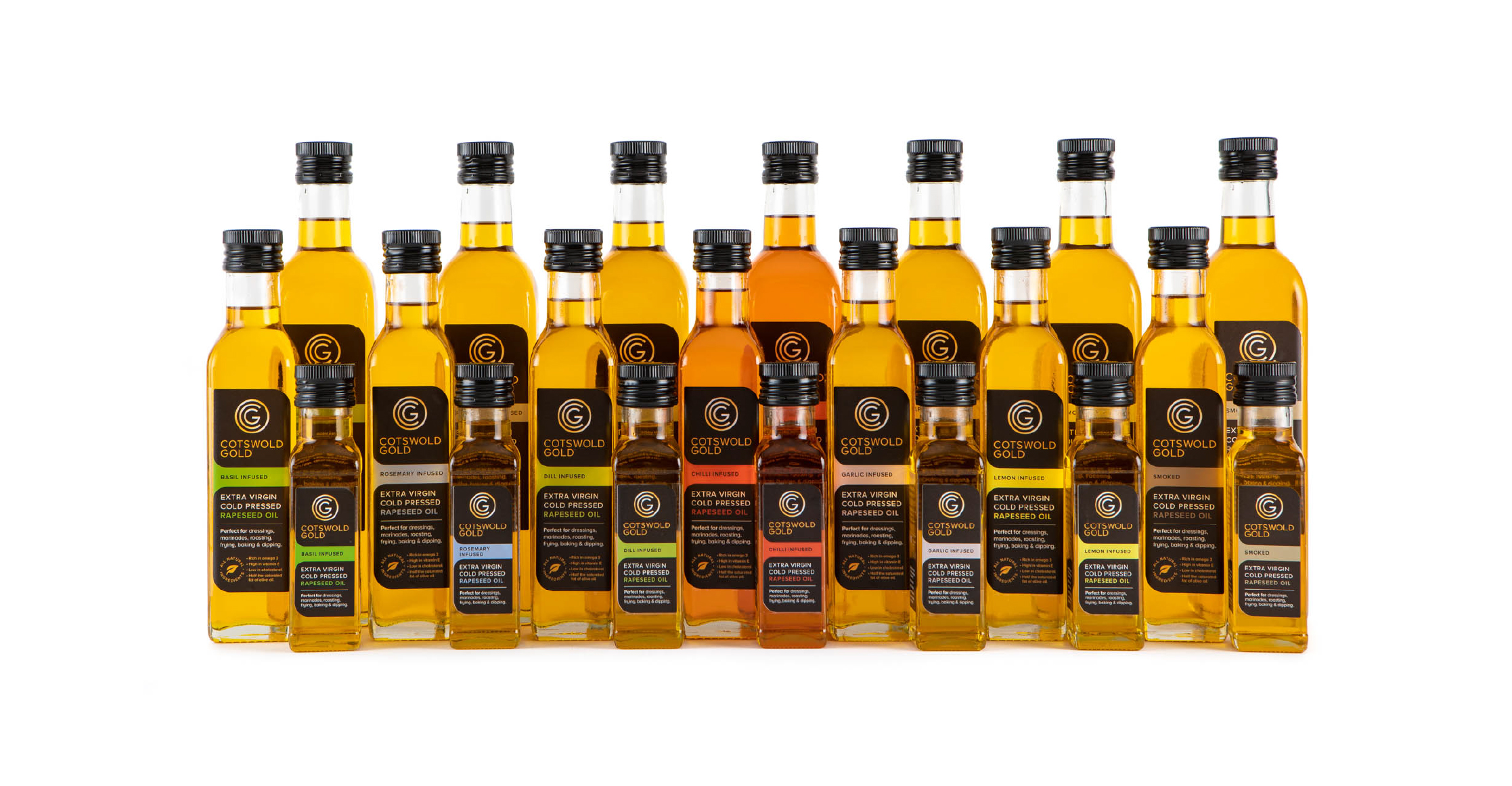When you first start out with your food brand, the thought of eventually getting it onto the supermarket shelves can seem a distant prospect.
There are 100s of things to consider when approaching a retailer, which can be daunting for small producers and suppliers.
Every supermarket buyer wants the best new products, but with 1000s of food brands trading, how do you introduce your product to brands like Tesco and Sainsbury’s?
It’s important to remember that you can approach more than just the big supermarkets. Your product might not be best placed for supermarket shelves, and your customers might be online or at farmers’ markets,.
Whatever retailers you are approaching, the tips below should be considered.
- Research the target supermarket’s product selection criteria and ensure the brand’s products meet those requirements.
- Contact the supermarket’s buying team and arrange a meeting to present the products.
- Create a professional and compelling product pitch, including information about the brand, the products, and any relevant certifications or awards.
- Offer in-store demonstrations or tastings to showcase the products and generate customer buzz.
- Build relationships with key influencers, such as food bloggers or social media personalities, to generate interest in the brand.
- Participate in food trade shows or events to network with industry professionals and connect with buyers.
- Join a food industry trade association, such as the Food and Drink Federation, to access resources and advice on getting products on the shelf.
- Consider working with a sales or marketing agency that specializes in helping food brands get into supermarkets.
- Partner with other food brands or companies to cross-promote products and increase visibility.
- Utilize online marketing and social media to reach a wider audience and drive sales.
- Consider offering incentives to the supermarket, such as discounted pricing or exclusive deals.
- Ensure that the branding and packaging of the products stand out on the shelf and effectively communicate the brand’s message.
- Create a strong and consistent brand identity to differentiate the products from competitors.
- Focus on producing high-quality, innovative products that meet the needs and preferences of the target market.
- Monitor market trends and adapt the product range accordingly to stay relevant and competitive.
- Obtain any necessary certifications or approvals, such as organic or fair trade, to appeal to specific consumer segments.
- Consider offering private label options to the supermarket, which allows the brand to produce products for the supermarket’s own brand.
- Offer support and training to supermarket staff to ensure they are knowledgeable about the brand and its products.
- Consider offering flexible payment terms or credit options to the supermarket to make it easier for them to stock the products.
- Be patient and persistent, as getting a new product on the shelf can be long.

As a food design agency, we can help you get the creative aspect of your product right.
There’s more to your product than the branding and packaging, but if you want to get it on the market, it’s sensible to get this correct.
A marketing plan about how you approach large retailers and supermarket buyers will also stand you in good stead.
We help food brands of all shapes and sizes create solid and effective branding that gives your product the best possible chance of success.
